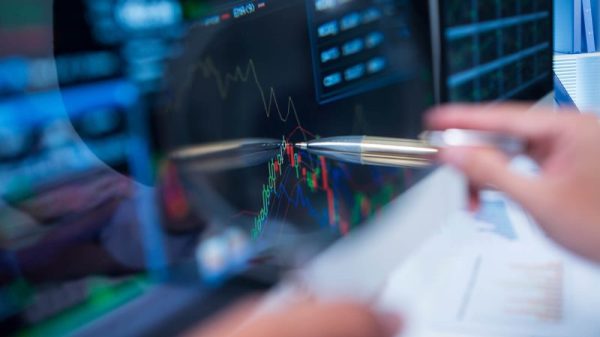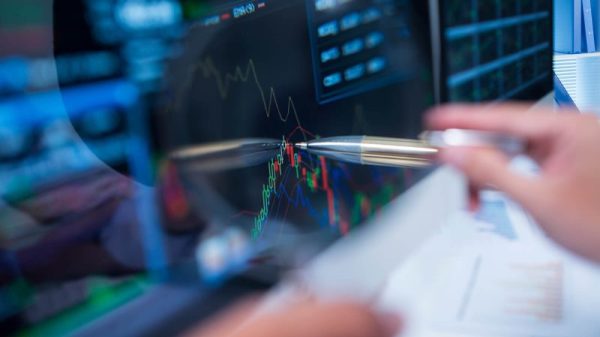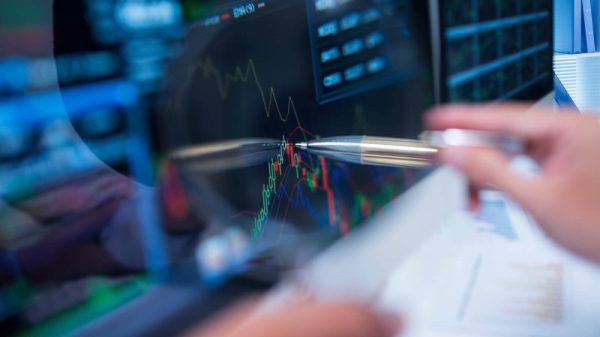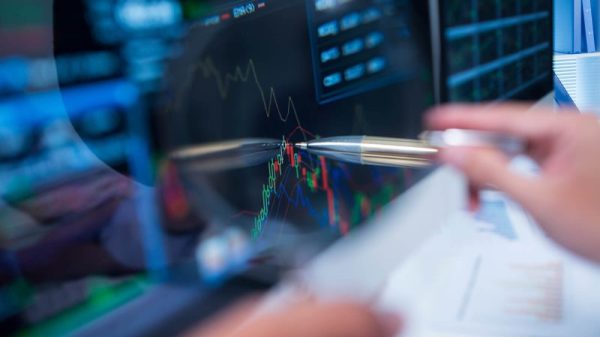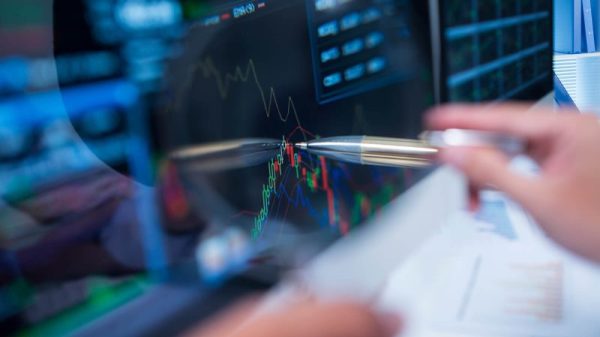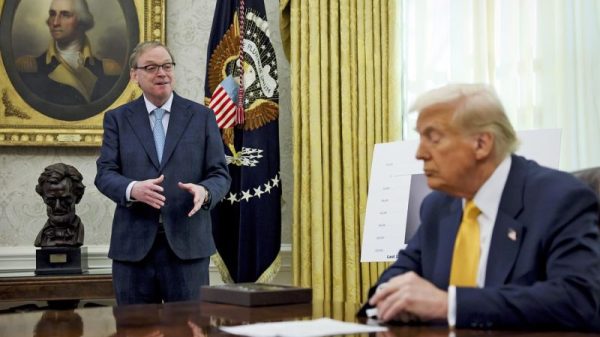Moving averages are a popular technical indicator used by traders and analysts to identify trends and potential trading opportunities in financial markets. There are various types of moving averages, each serving different purposes and timeframes. In this article, we will explore five simple and powerful uses for moving averages that can help traders make informed decisions and improve their trading strategies.
1. Trend Identification:
One of the primary uses of moving averages is to identify the direction of the trend. Traders often look at the relationship between short-term moving averages, such as the 20-day or 50-day moving average, and long-term moving averages, like the 200-day moving average, to determine whether an asset is in an uptrend or downtrend. When the short-term moving average crosses above the long-term moving average, it may signal a bullish trend, whereas a cross below could indicate a bearish trend.
2. Support and Resistance Levels:
Moving averages can also act as dynamic support and resistance levels. Traders often observe how the price reacts to a particular moving average, such as the 50-day moving average, during a trend. If the price consistently bounces off the moving average, it could indicate a strong support level. Conversely, if the price fails to break above a moving average, it may act as a resistance level, signaling a potential reversal in the trend.
3. Trend Reversal Signals:
Another use of moving averages is to identify potential trend reversals. When a shorter-term moving average crosses above or below a longer-term moving average, it is known as a moving average crossover. A bullish crossover, where the short-term moving average crosses above the long-term moving average, could signal a trend reversal from bearish to bullish. Conversely, a bearish crossover may indicate a shift from bullish to bearish.
4. Entry and Exit Points:
Moving averages can help traders determine entry and exit points for their trades. For example, some traders use the crossover of two moving averages, such as the 10-day and 20-day moving averages, as a signal to enter or exit a trade. When the short-term moving average crosses above the long-term moving average, it may be a buy signal, while a crossover below could be a sell signal. Additionally, traders often combine moving averages with other technical indicators, such as the Relative Strength Index (RSI) or MACD, to confirm their entry and exit points.
5. Volatility Measurement:
Moving averages can also be used to measure the volatility of an asset. By observing the distance between the price and a moving average, traders can gauge the level of volatility in the market. When the price moves far away from the moving average, it may indicate high volatility, whereas a narrow gap could signal low volatility. Traders can adjust their trading strategies based on the level of volatility to manage risk effectively.
In conclusion, moving averages are versatile tools that offer traders valuable insights into market trends, support and resistance levels, trend reversals, entry and exit points, and volatility measurements. By incorporating moving averages into their trading strategies, traders can make more informed decisions and improve their overall trading performance.

